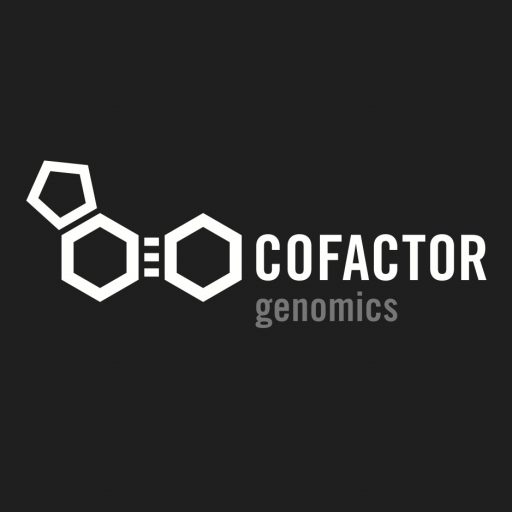Hi There,
I am analyzing de novo assembled transcriptome data from a plant and see there are various loci, each with one to multiple transcripts. When aligned against each other all the transcripts belonging to the same locus are >95% homologous. Why do these redundant transcripts show up? And how do I account for this transcript redundancy when I look for differential gene expression between tissues of this non-model plant at three developmental stages?
Thank you, galata44
I am analyzing de novo assembled transcriptome data from a plant and see there are various loci, each with one to multiple transcripts. When aligned against each other all the transcripts belonging to the same locus are >95% homologous. Why do these redundant transcripts show up? And how do I account for this transcript redundancy when I look for differential gene expression between tissues of this non-model plant at three developmental stages?
Thank you, galata44



Comment